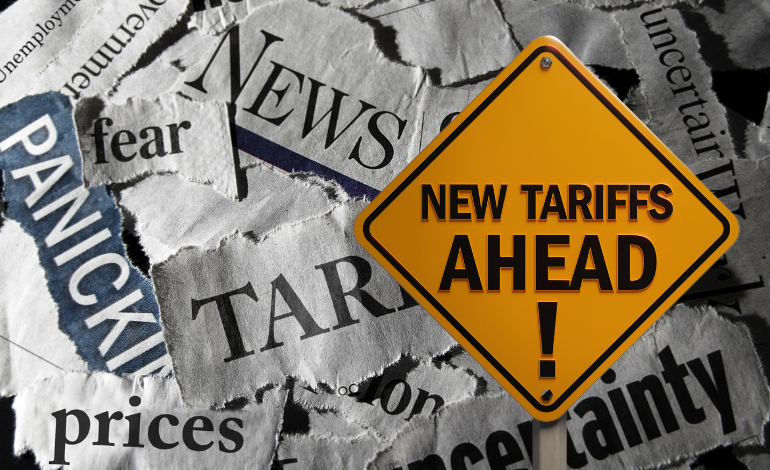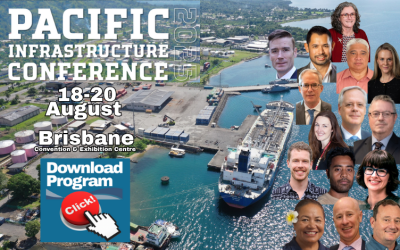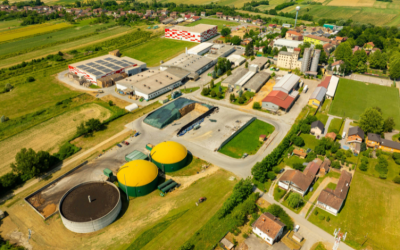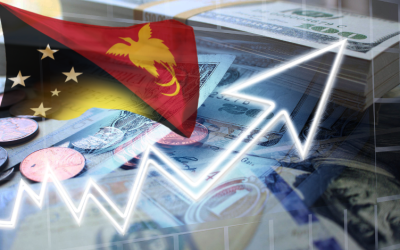In April 2025, the United States imposed a 10 per cent tariff on all goods exported from Papua New Guinea, catching many Pacific Island economies off guard. The move, which was part of broader U.S. trade policy re-calibrations, was seen as an effort to protect American industries. However, for PNG, a nation reliant on exports of agricultural, seafood, and resource-based products, the tariff threatens to shrink an already limited trade corridor.
Prime Minister James Marape responded swiftly, reaffirming Papua New Guinea’s intent to pivot toward deeper regional economic integration, particularly with Asia. “We remain open for trade and a friend to all,” Marape said during a press conference, adding that Papua New Guinea would pursue stronger ties with China, Indonesia, Japan, and other regional neighbours.
This redirection is not new. Papua New Guinea has long maintained favourable trade surpluses with Asian economies. In 2024, trade with China alone topped K17.8 billion, with a surplus of K7.5 billion in PNG’s favour, according to figures cited by Chinese Ambassador Yang Xiaoguang. Additionally, investment interest from Asia in PNG’s agriculture, forestry, and extractive sectors has increased over the last five years.
Experts say the U.S. tariff may ultimately accelerate Papua New Guinea’s regional integration and spur domestic reforms to boost export competitiveness. But challenges remain—particularly in logistics, infrastructure, and trade facilitation. Papua New Guinea’s export base is still narrow and under-diversified, relying heavily on commodities such as LNG, coffee, palm oil, and gold.
Business leaders have urged the government to prioritise investments in port modernisation and digital trade tools to make Papua New Guinea products more attractive to Asian markets. While the U.S. move was a setback, it may serve as a catalyst for a broader economic rebalancing—one in which Papua New Guinea plays a stronger role in the Asia-Pacific supply chain.



